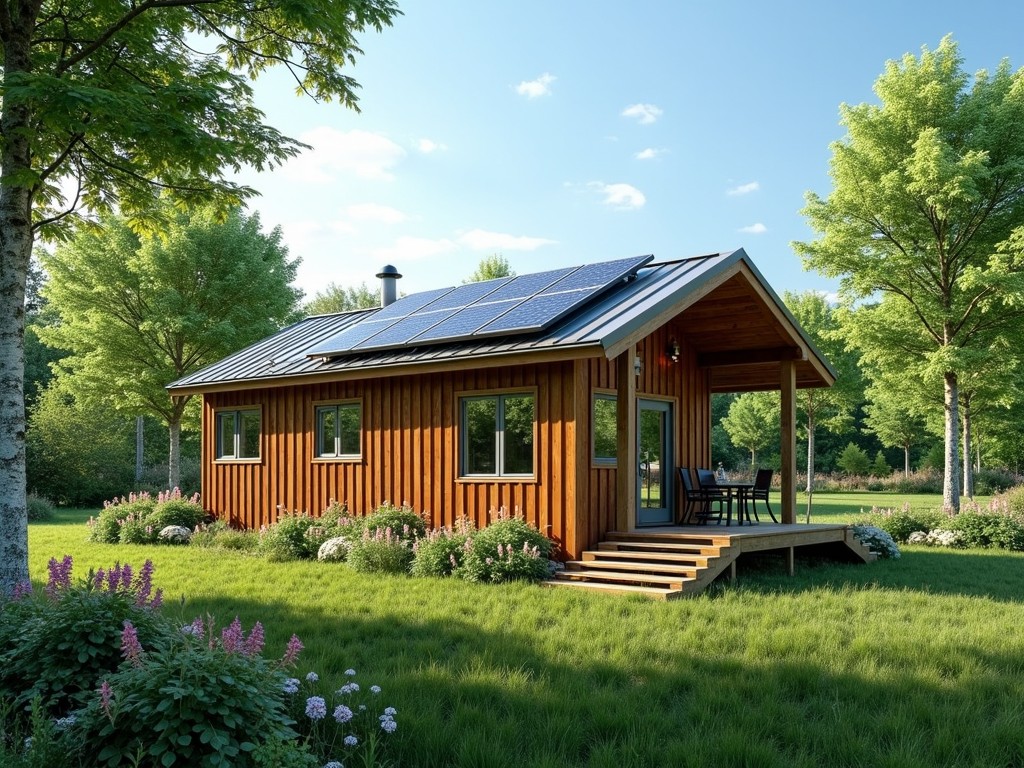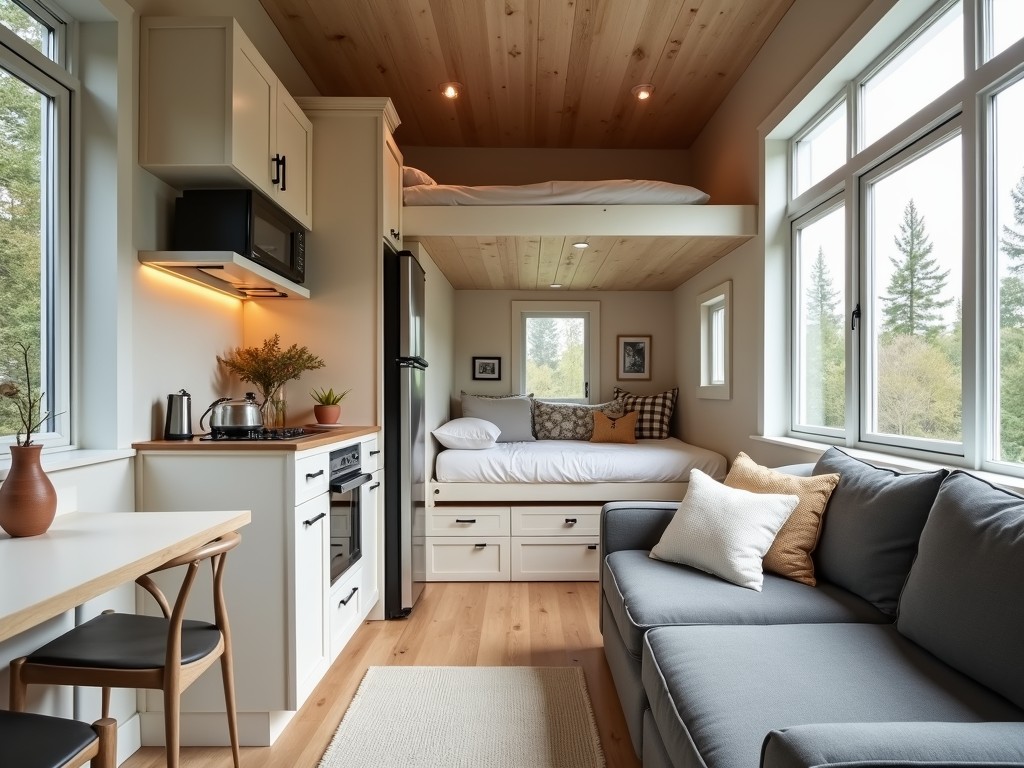The Future of Sustainable Living: Tiny Homes with Green Technology
Tiny homes with green technology are revolutionizing the housing industry, promoting sustainable living while offering efficient, comfortable spaces ideal for minimalistic lifestyles.
Imagine living in a home that blends eco-friendly innovation with space efficiency. Tiny homes with green technology are paving the way for sustainable living, providing ingenious solutions for reducing environmental impact while maximizing comfort. This article explores how this growing movement offers viable alternatives to traditional living spaces, especially for those seeking to downsize or embrace greener lifestyles.
The Appeal of Tiny Homes
The tiny home movement began as a response to the rising costs of housing and the environmental impact of larger homes. With sizes ranging from 100 to 400 square feet, these homes provide a simplistic lifestyle without sacrificing modern necessities. By focusing on quality over quantity, tiny homes help residents prioritize their personal and environmental values.

Integration of Green Technology
Green technology in tiny homes is all about efficiency. Solar panels, advanced insulation, and energy-efficient appliances enable sustainable living in a limited space. Water conservation systems, like composting toilets and rainwater collection, further minimize the ecological footprint. These technologies not only reduce utility bills but also promote a healthier planet.
- Solar Panels: Capturing renewable energy to power daily needs
- Advanced Insulation: Reducing energy loss and regulating temperature
- Energy-Efficient Appliances: Cooking, cleaning, and heating using minimal electricity
Challenges and Solutions
While tiny homes with green technology offer numerous advantages, they also present unique challenges. Access to utilities and zoning laws can be hurdles for potential homeowners. However, new developments in green technology and awareness are continuously improving these situations.
- Zoning Laws: Not all regions permit tiny homes; awareness and advocacy is key.
- Utility Access: Off-grid options are becoming increasingly available.
- Space Limitations: Innovative design and multifunctional furniture help optimize space.
Personal Insights into Tiny Home Living
Living in a tiny home requires adaptability and a willingness to embrace change. Owners often share that their lifestyle has led to significant personal growth in terms of simplicity and environmental awareness. Many appreciate the reduced costs, which can free up finances for travel or hobbies.
"The shift to a tiny home encouraged us to live more mindfully, appreciating both the environment and our personal connections," shares tiny homeowner Jamie Lee.

Practical Tips for Building Your Own Tiny Home
For those inspired to join the movement, here are a few tips on how to start: 1. Research Zoning Regulations: Investigate local regulations to understand legal requirements. 2. Plan for Green Technology: Decide what sustainable technologies, such as solar panels or composting toilets, you can feasibly implement. 3. Simplify Your Lifestyle: Begin decluttering and prioritizing what is essential for your new space. 4. Opt for Quality Materials: Choose durable, eco-friendly materials that suit your aesthetic and budget.
Tiny Homes vs. Small Apartments:
Often, people compare tiny homes with small apartments when considering downsizing. While both offer compact living, the customization and eco-friendly aspects of tiny homes provide a distinct advantage. Small apartments don't always have the flexibility for solar panels or rainwater collection setups, making tiny homes a great eco-conscious option.
Conclusion
Tiny homes with green technology not only provide a remarkable opportunity to live sustainably but also encourage a lifestyle of mindfulness and simplicity. By embracing energy-efficient technologies, you can significantly reduce your ecological footprint while enjoying the comforts of modern living in a compact space.